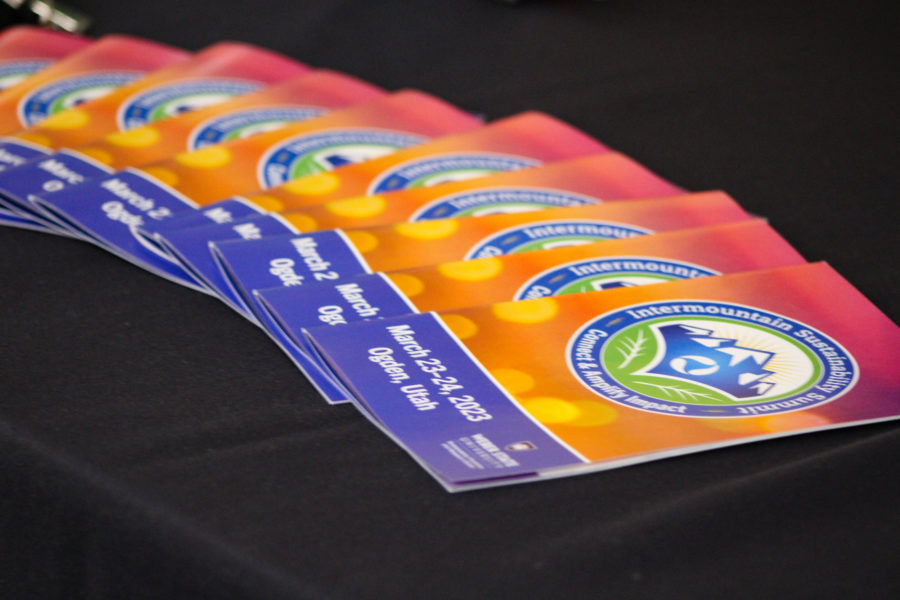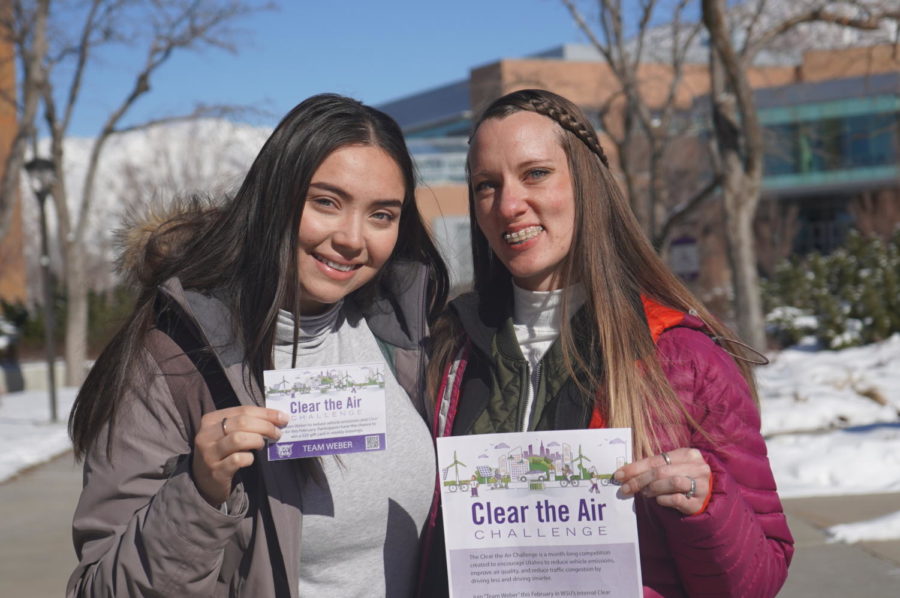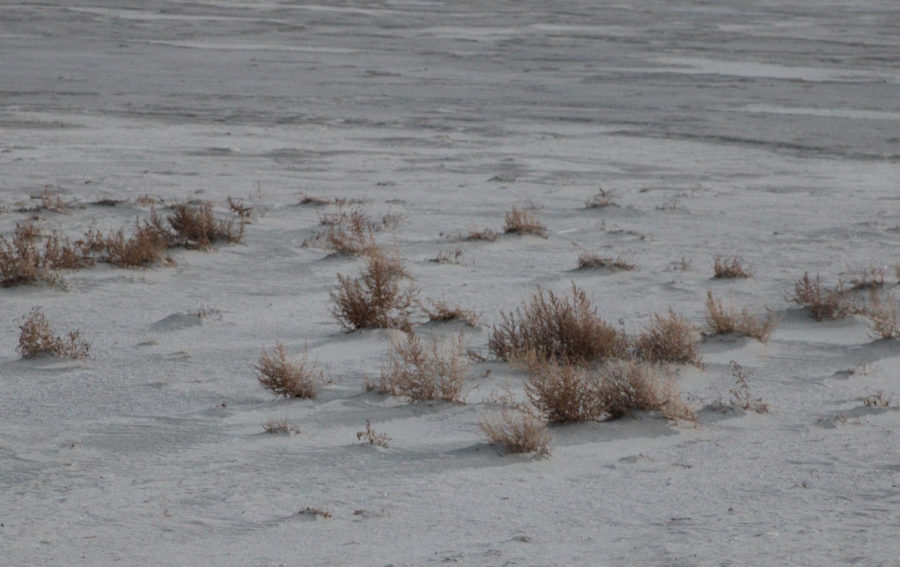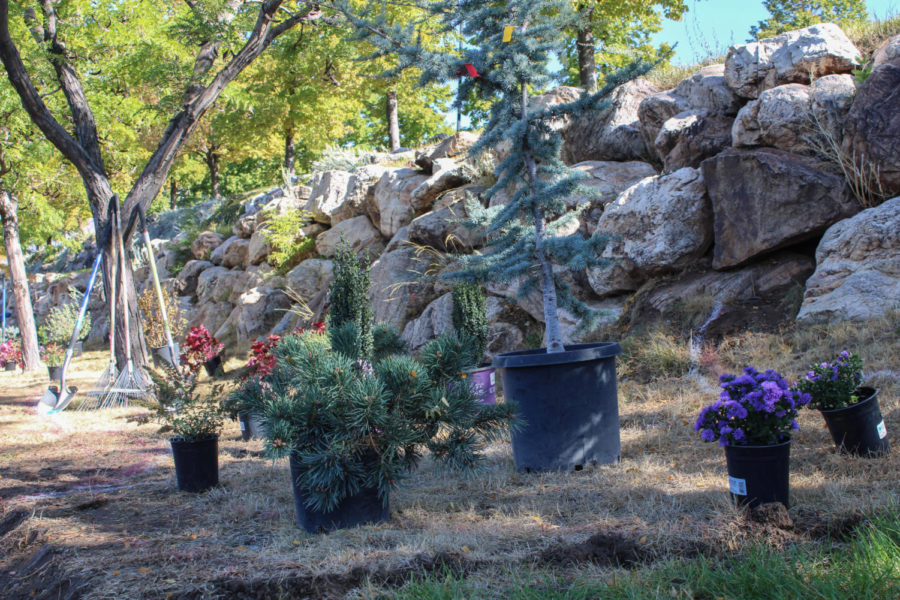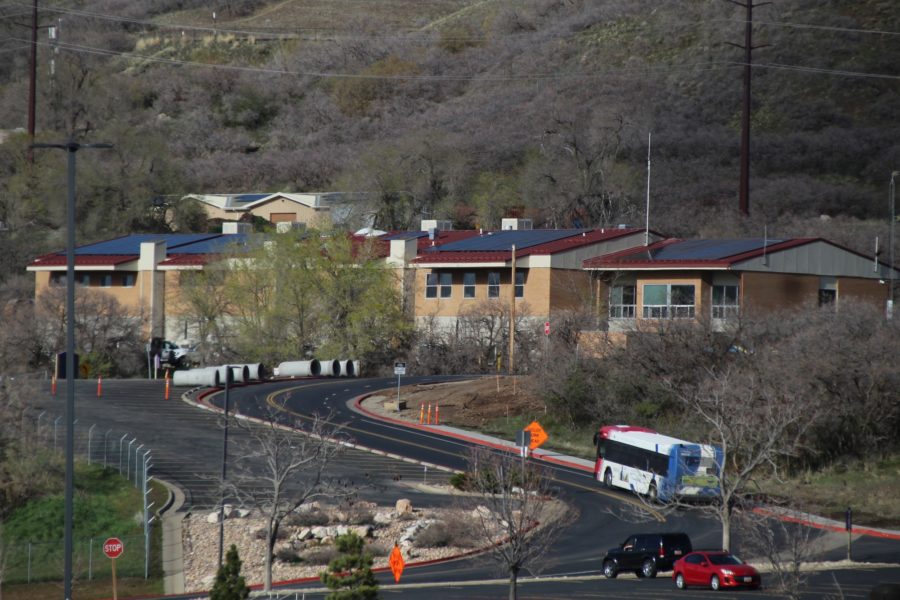
Utah Transit Authority and UCAIR have partnered in an effort to improve air quality by giving away 5,000 free public transportation passes through UTA’s RideClear program.
The RideClear program debuted last summer, and UTA’s website shows it has recorded “more than 20,008 boardings using RideClear cards, including 5,980 boardings on FrontRunner, 7,304 boardings on TRAX, 6,693 boarding on buses and 31 boardings on express buses.”
Remi Barron, UTA’s senior media relations specialist, said the program was such a success, they decided to offer it again during the winter months.
“Last summer our passes translated into about 20,000 boardings or riders, so it’s just that many people that could potentially be taken off the road,” Barron said. “We have no way of knowing, determining how many are already users or riders, but we have to give everyone the opportunity to get one of the passes, and we are just asking people to pay attention to the weather and try to use the passes on a day when the weather is bad.”
The passes will be given out in multiple spurts, with the first Surprise RideClear Giveaway happening sometime between Feb. 10 and 14.
Interested participants can visit www.utarideclear.com to find out how to register for the program, and can also follow the UTA RideClear program by liking it on Facebook or Twitter, which will provide updates on when the next giveaway will occur.
The free RideClear passes will be valid for seven consecutive days of unlimited use on UTA trains and buses between Feb. 17 and March 31.
“Riding public transportation is one way that residents can limit the amount of pollution released into the air. Currently, UTA helps eliminate 120,000 vehicle trips per day,” according to the RideClear UTA press release. “Organizers hope the passes will encourage residents to leave their cars at home and opt for a more environmentally friendly form of transportation.”

UCAIR, the current sponsor, is a not-for-profit organization started in 2009 by Gov. Gary Herbert. UCAIR has partnered with organizations such as Clean Air Champions, Breathe Utah, Utah Clean Diesel and the Clear the Air Challenge in a statewide effort to collectively take a bigger step toward better health, economy and overall quality of life for everyone.
“People need to see that we all have ownership in it, everybody in our community,” said UCAIR executive director Ted Wilson. “If they stop and think about it at the end of the day, what they did that day and think about the kinds of pollution they caused . . . I suppose that I really think we all need to be owners on this, because to me it’s like fighting a war — you’ve got to fight it on all fronts.”
UCAIR’s website offers information on how to reduce pollution, including tips from the Clear the Air Challenge.
The Clear the Air Challenge will begin again on July 1, 2014. Last year, the challenge eliminated 176,193 total trips, which equaled 1,973,771 miles not traveled, saving $1,204,000 and reducing the pounds of emissions by 23,653.

Another feature UCAIR offers on its website is the Utah Air app, developed by Weber State University computer science sophomore Ronald Dwayne Hunt in partnership with Joe Thomas, director of the National Center for Automotive Science & Technology at WSU.
Since the app’s debut on Nov. 1, 2013, it has been downloaded more than 16,263 times. Hunt said it feels great and that he is “tickled” to have written an application so many people are interested in using.
“The type of volume that we’ve managed to pull off with this thing is just incredible,” Hunt said. “It’s not just a resume piece, I suppose. It’s something where I can say I helped a lot of people and that means something to me.”
Thomas said he thought up the project in an effort to help people make informed decisions, and that there are number of outlets to get information, but this concept is really pushing people to pay attention.
“If you would know what kind of action you need to take as an individual to help in air quality, if the air quality is going to be bad tomorrow or the next day, you can make a very educated decision and decide to take mass transit,” Thomas said. “We need to start changing our behavior, so we can say, ‘At least I’m reducing the footprint of pollution from the vehicles that I drive and from the activities that I do that might be causing pollution.'”
UTA’s website shows that “when full, a 2010 bus saves 15 tons of air pollutants and 271 tons of greenhouse gases annually. A light rail train, when full, saves 93 tons of air pollutants and 1,263 tons of greenhouses gases annually. The calculations are based on a Federal Transit Administration study that estimates 52 percent of passengers would drive if public transit was not available.”
Wilson said he believes UTA has an outstanding capacity for getting people over the hump of what it costs to use public transit.
“With a free pass that last seven days, they are saying, ‘Hey, come and learn how to ride the system,'” Wilson said. “We bet a lot of those individuals will stay on that system after the trial period is over, too, so not only does it immediately affect the air early, I think there will be a nice secondary outcome also.”














